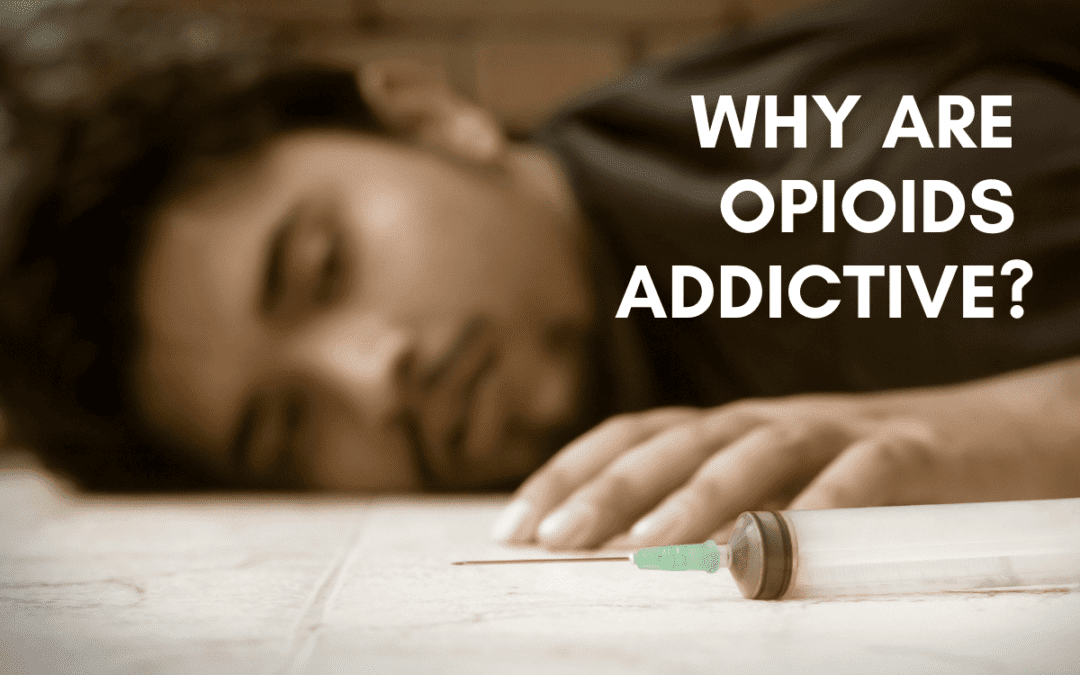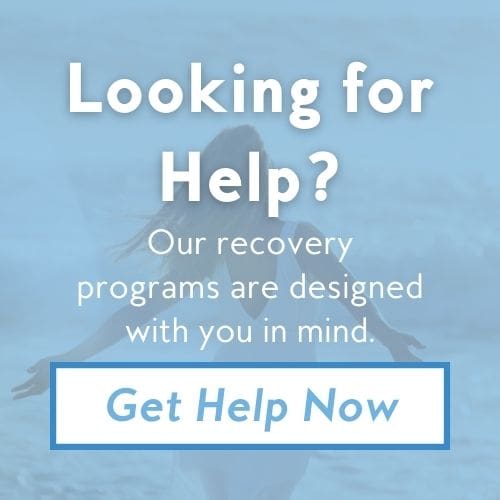Addiction is often thought of as a lack of willpower or self-control. But unlike addictions to caffeine, nicotine, or alcohol, using an opioid – prescribed or otherwise – just once is enough to cause an unintentional addiction. Opioids trigger a powerful physiological response within the body. This addictiveness is a major cause of opioid abuse crisis within the United States. To get to the root of this issue, one must first understand why are opioids addictive and how they became so prevalent amongst the general population.
What Are Opioids?
Opioids are powerful narcotics typically used for pain relief. They can be ingested in multiple ways, all of which affect the brain, spinal cord, and gut. These depressants have the ability to alter the neurochemistry of the brain and interfere with the central nervous system to provide increased pain tolerance along with a euphoric sense of pleasure.
Opioids can be categorized into two primary categories: as an analgesic, a pain-relieving prescription, or an illicit drug such as heroin. Opioid abuse and opioid dependency can happen with either form of the narcotic.
Are Opioids and Opiates the Same Thing?
No, opioids and opiates are not the same things. The term “opioids” refers to all types of opioids – natural, semi-synthetic, and fully synthetic – while the term “opiates” only refers to natural opioids such as morphine or heroin, which are derived from the sap of the opium poppy. The earliest known use of opiates can be traced back to the Mesopotamians of 3,400 B.C.
Semi-synthetic opioids like heroin or oxycodone are created using natural opioids and have similar chemical structures. Synthetic opioids are completely manmade with entirely different chemical structures to natural opioids but produce similar effects.
Synthetic and semi-synthetic opioids by nature, have a tendency to be much more potent than their natural counterparts. A fraction of these substances can achieve the same result as an opiate. However, this does not always mean that synthetic opioids are more dangerous. Certain synthetic opioids are manufactured with deliberate capabilities. Some do not cause euphoria-like effects, others have no withdrawal symptoms. However, any opioid, natural or otherwise, held without a prescription are considered illegal in the eyes of the law.
How Opioids Affect the Body
Opioids attach and activate mu-opioid receptors which are responsible for the release of dopamine, the feel-good neurotransmitter associated with pleasure. By disrupting neurochemical balances up to 10X the normal amount of dopamine is released, flooding the body and causing a feeling of euphoria. This surge of pleasurable feelings is often accompanied by the relief of pain or higher pain tolerance. These physiological changes that produce euphoria and pain relief are a major contributor to why opioids are addictive.
Additional side effects of inhalation, intravenous, or oral ingestion of an opioid can last for several hours and include:
- Increased sensitivity to pain once the effects wear off
- Nausea and vomiting
- Dry mouth
- Confusion and mental fog
- Sleepiness or dizziness
- Itching
- Sweating and flushing of the body
Opioid withdrawal symptoms occur when someone with an opioid dependency suddenly stops taking opioids (goes “cold turkey”). Users should slowly taper off their opioid usage to avoid shocking their system. The symptoms range from modern to severe and can last for several weeks. Tremors, muscle twitches, seizures, and comas are fairly commonplace – and dangerous. Since withdrawal has the potential to be fatal, detoxing and withdrawal should be done under the supervision of professional treatment.
Opioid Statistics & Usage Rates
The abuse of both illegal and legal opioids has become a severe and widespread epidemic in the United States. A staggering 2 million Americans abuse an opiod on a daily basis – nearly 30% of those are from prescribed opioids. Of those, it’s estimated that there are over 100 fatal opioid overdoses a day.
Where are these opioids coming from? The initial onset of the wave of opioid overdoses began in the 1990s. Well-meaning doctors rapidly prescribed them to the public believing there was little risk of causing addiction. We now know better and that even proper use of prescription opioids can be habit-forming. In 2010, heroin exploded onto the mainstream drug scene making its way from urban centers to suburban and rural areas. Widely available, cheap, and powerful, this narcotic was swiftly adopted by people of a wide range of age ranges and socioeconomic statuses.
Dealing with Opioid Addiction
What makes opioids addictive is the same reason why they make such effective painkillers. The complex nature of how they affect the body means that even the most diligent of prescription opioid users are at risk of developing a substance abuse habit. Brain abnormalities caused by opioid dependence tend to resolve themselves after detoxing, however, a full-blown opioid addiction has much more complex and long-lasting effects. Here at the Freedom Center, we offer a multitude of recovery programs to assist with this type of addiction. Contact us today to learn how we can help you experience true addiction healing.





































